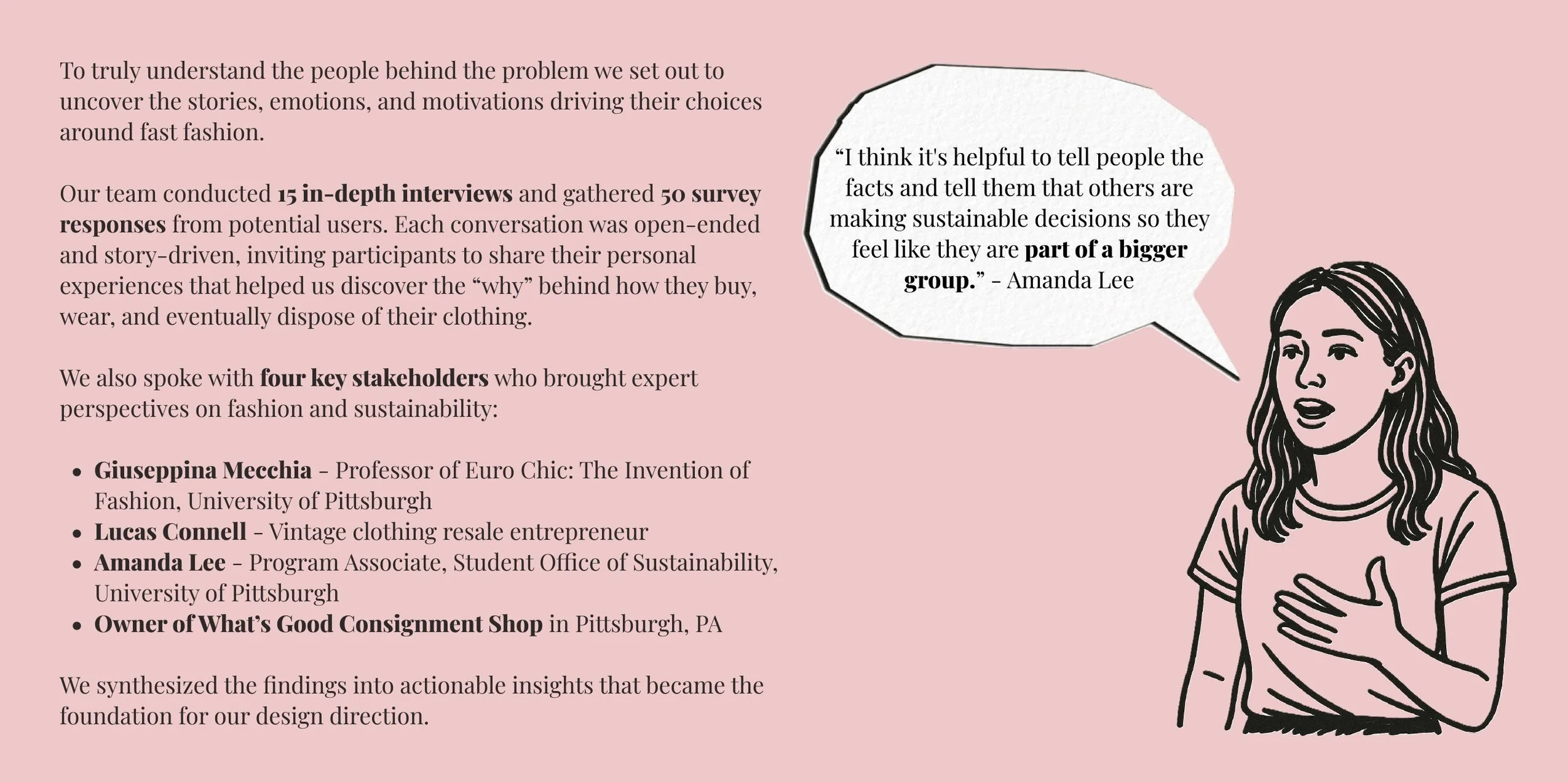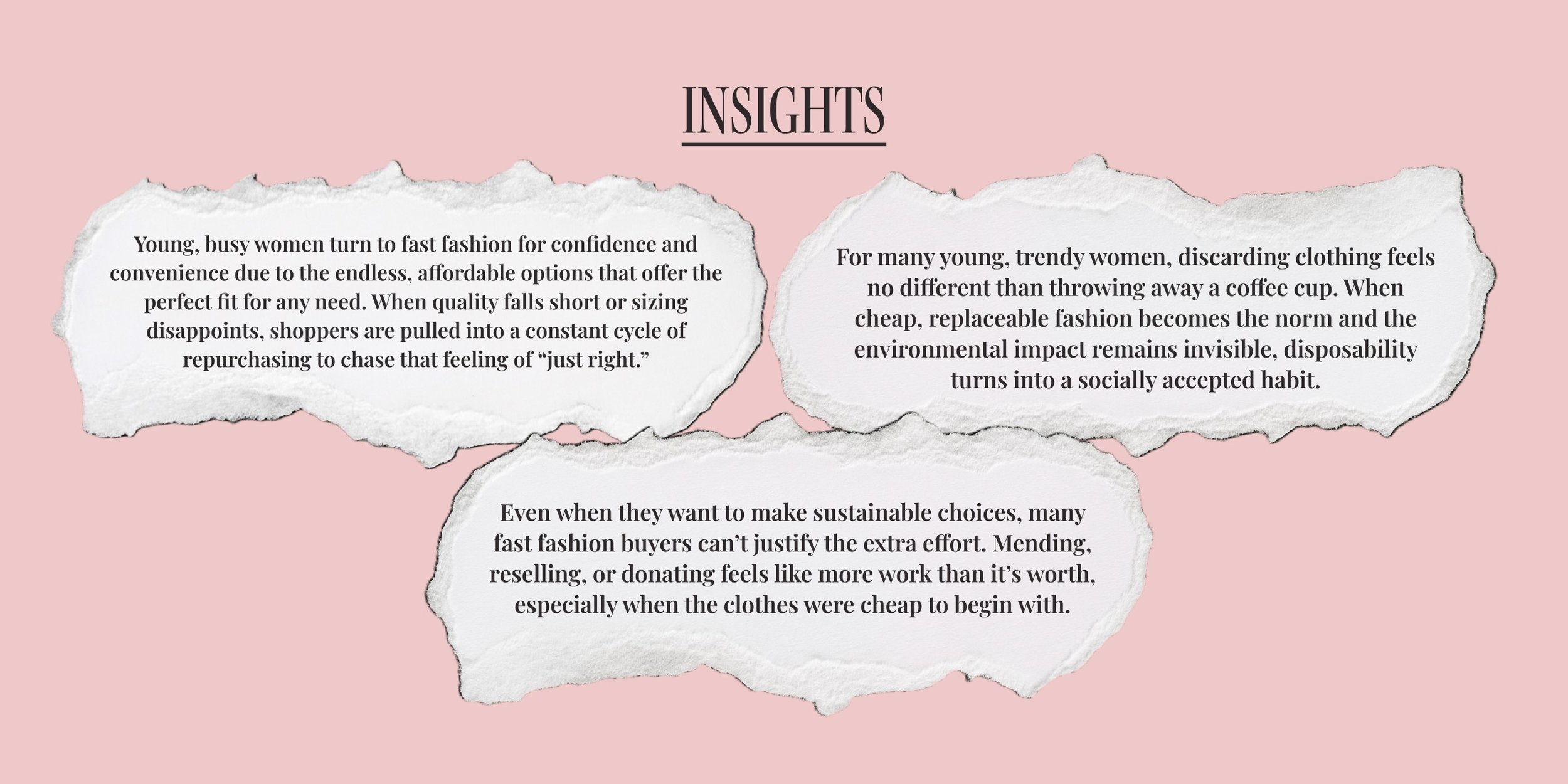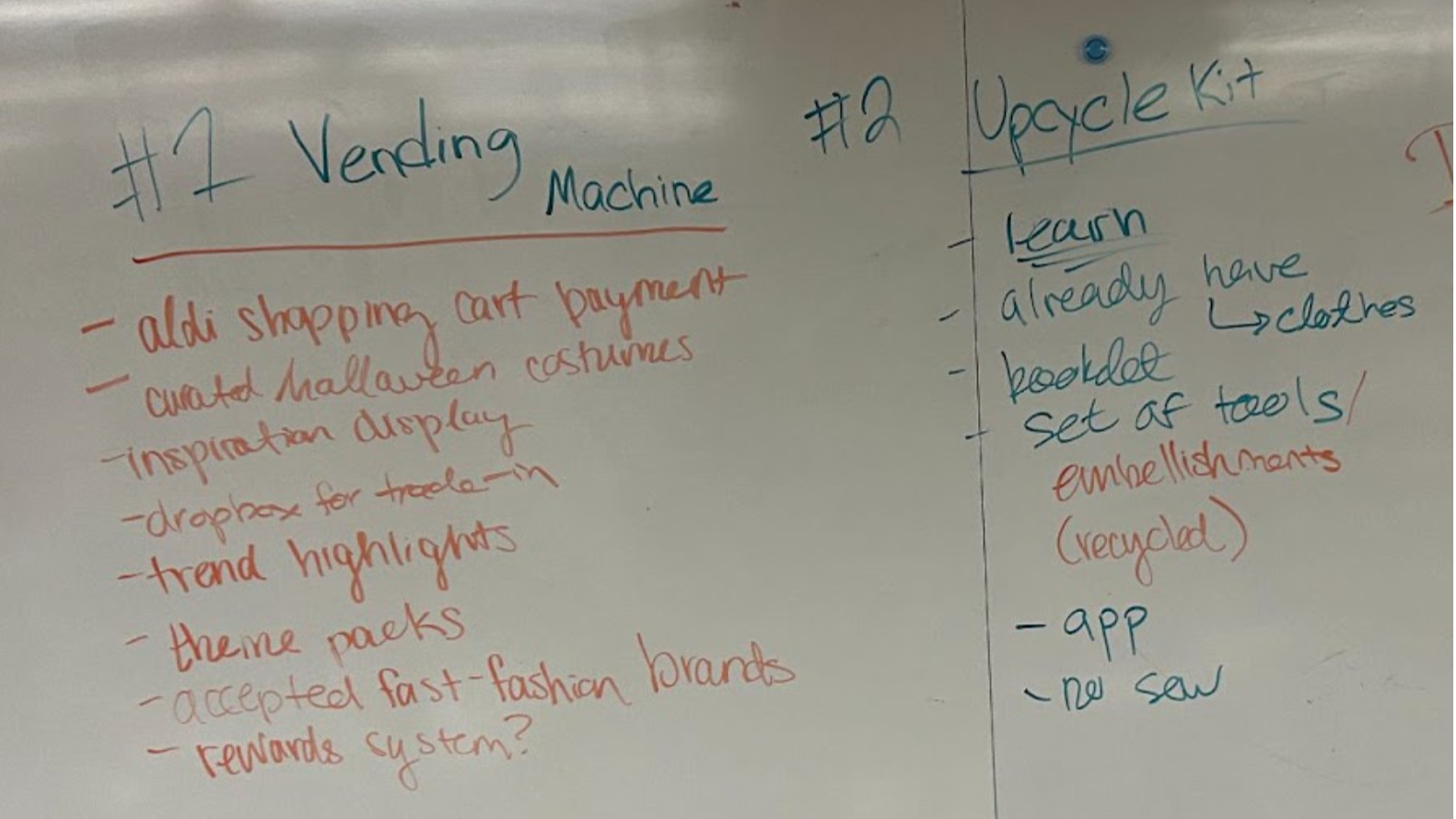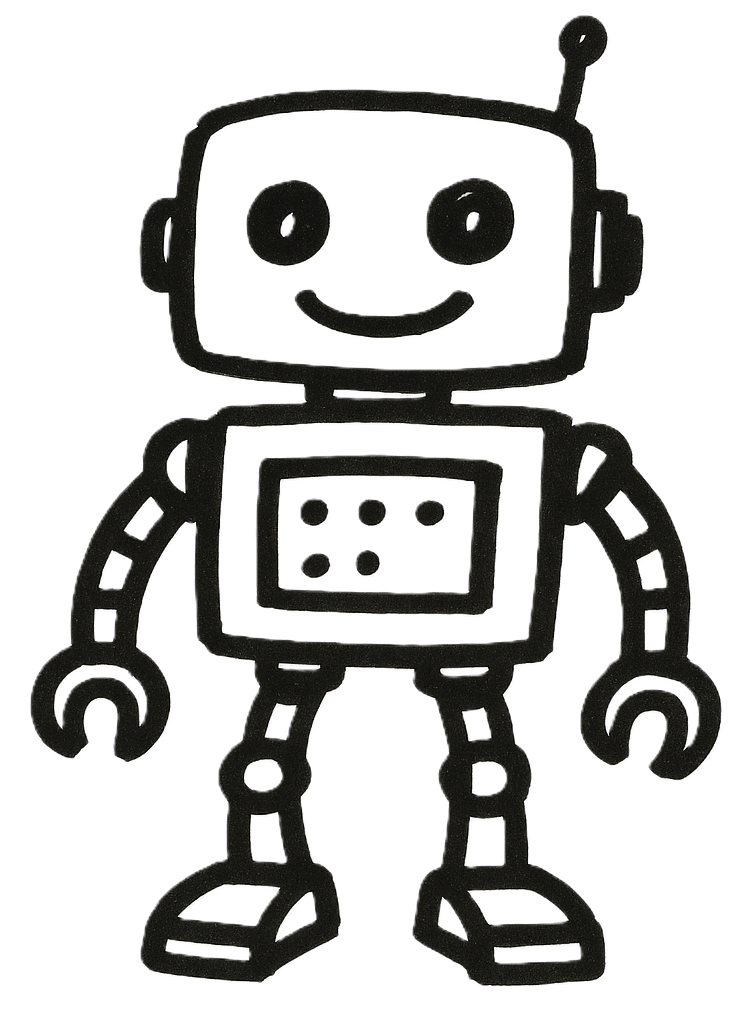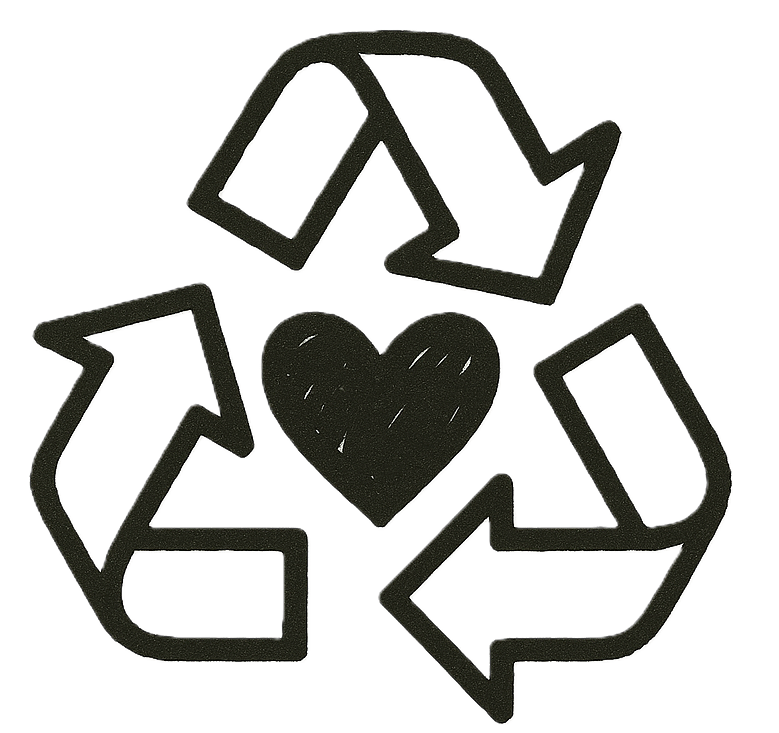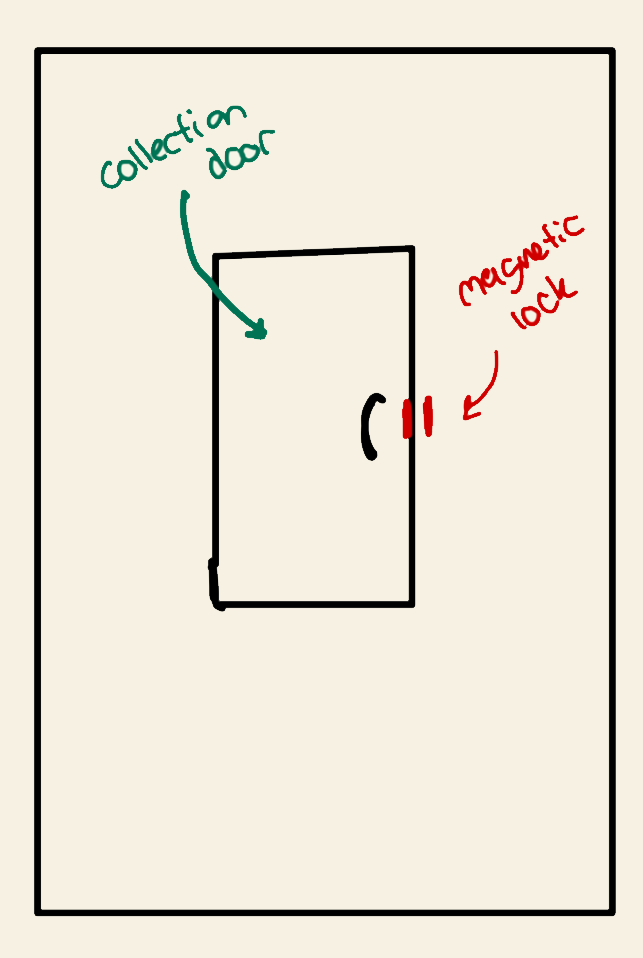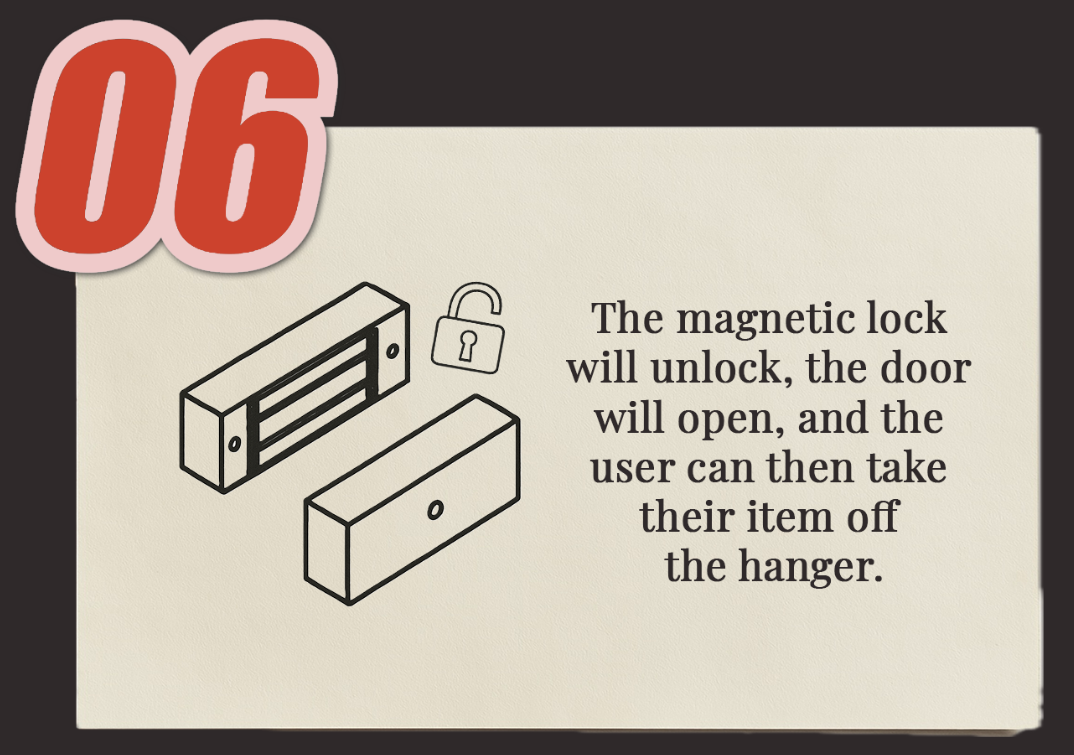
Fabrication Sustainability Ethnographic Research User Testing Prototyping
The Fashion Library
The Art of Making: Hands on Systems Design and Engineering
Fall 2023
Extending the life cycle of fast fashion clothing
Six weeks into the semester, students could voluntarily pitch a seed idea for potential selection in a 9-week human-centered design project. My pitch on textile waste catalyzed by the fast-fashion industry was among the top voted by the class.
A team of five multidisciplinary engineers were assembled to tackle this problem. Through problem discovery, user research, brainstorming, prototyping, and fabrication, we created a clothing vending machine and community closet that would extend the life-cycle of fast fashion clothing. As a result, we presented our prototype at the Engineering Design Expo and ranked 2nd in our category.
WHY IT MATTERS
WHY IT MATTERS
STAKEHOLDER RESEARCH
STAKEHOLDER RESEARCH
IDEATION
IDEATION
PROTOTYPING
PROTOTYPING
After brainstorming, we moved on to making our prototypes to simulate the functionality of an idea without investing too much time and money. This ensures that we are building the right “it” before we build “it” right.
UPCYCLING APP
This app would provide step-by-step tutorials to show people how to transform their unwanted, outdated fast fashion items into something snazzier. For a low-resolution pretotype, we made a PowerPoint with embedded buttons displaying several upcycling tutorials we found online.
THRIFT VENDING MACHINE
This idea is similar to a vending machine, but for clothes. Users can donate their items in the bin and swipe through available items that were previously donated on a touchscreen interface. We constructed it out of PVC pipes, foamcore, donated clothes, and a pulley.
USER TESTING
USER TESTING
We then tested both of our pretotypes with a total of 15 users. Some were friends we recruited, and others were passersby in one of the dorms on a Friday night.
UPCYCLING APP
Users agreed they wouldn’t use it
THRIFT VENDING MACHINE
The tutorial was not engaging
The tutorial was too much work for a poorly constructed coin purse
Users wanted a larger selection of items
Passersby didn’t want to interact with us, even though they were excited to try it once we started up conversation
The PowerPoint user interface was too-confusing and the images were not clear enough to view
Although users said they wanted to try on clothing, no one was willing to use the changing tent
DESIGN REQUIREMENTS
DESIGN REQUIREMENTS
Drawing from qualitative research insights, market gap analysis, and user testing feedback, our team developed a set of design requirements. These requirements functioned not only as a checklist for our final solution, but also as guiding principles for evaluating the value each proposed feature contributed.
LOW COST
FUNCTIONAL
AUTONOMOUS
COMMUNITY-BASED
EASY TO USE
EMOTIONAL
SECURE
REWARDING
BUILDING THE PROTOTYPE
Now, we were ready to move from pretotype to prototype. We drew out some plans to guide our fabrication process…
System sketch, front and sideview
We simultaneously began working on the mechatronics elements: the touchscreen interface and the RFID card scanner to unlock the retrieval door.
Rough sketch of the rotational system for the clothing rack, including a shaft and two industrial lazy Susans (with force estimations)
Diagrams of the rotational system showing the power transmission from the motor
front and top view
Then, we proceeded with mechanical fabrication using laser cut plywood and 2 x 4s…
The stepper motor connected to laser-cut acrylic gears
The key card unlocks the retrieval door via an RFID scanner. This simulates a “token” being used to purchase a single item. Users can collect tokens each time they donate an item to the machine, so the process is a one-to-one trade.
The monitor programmed as the touchscreen interface.
THE FINAL DESIGN
THE FINAL DESIGN
On December 7, 2023, we presented our final prototype at the Swanson School of Engineering Design Expo and won 2nd place for our Art of Making Class.
We continued our user testing and outreach leading up to the Expo to accommodate some final touches: instructions on the front of the machine, moving the door from the side to the front, and adding educational graphics about textile waste on the sides.

